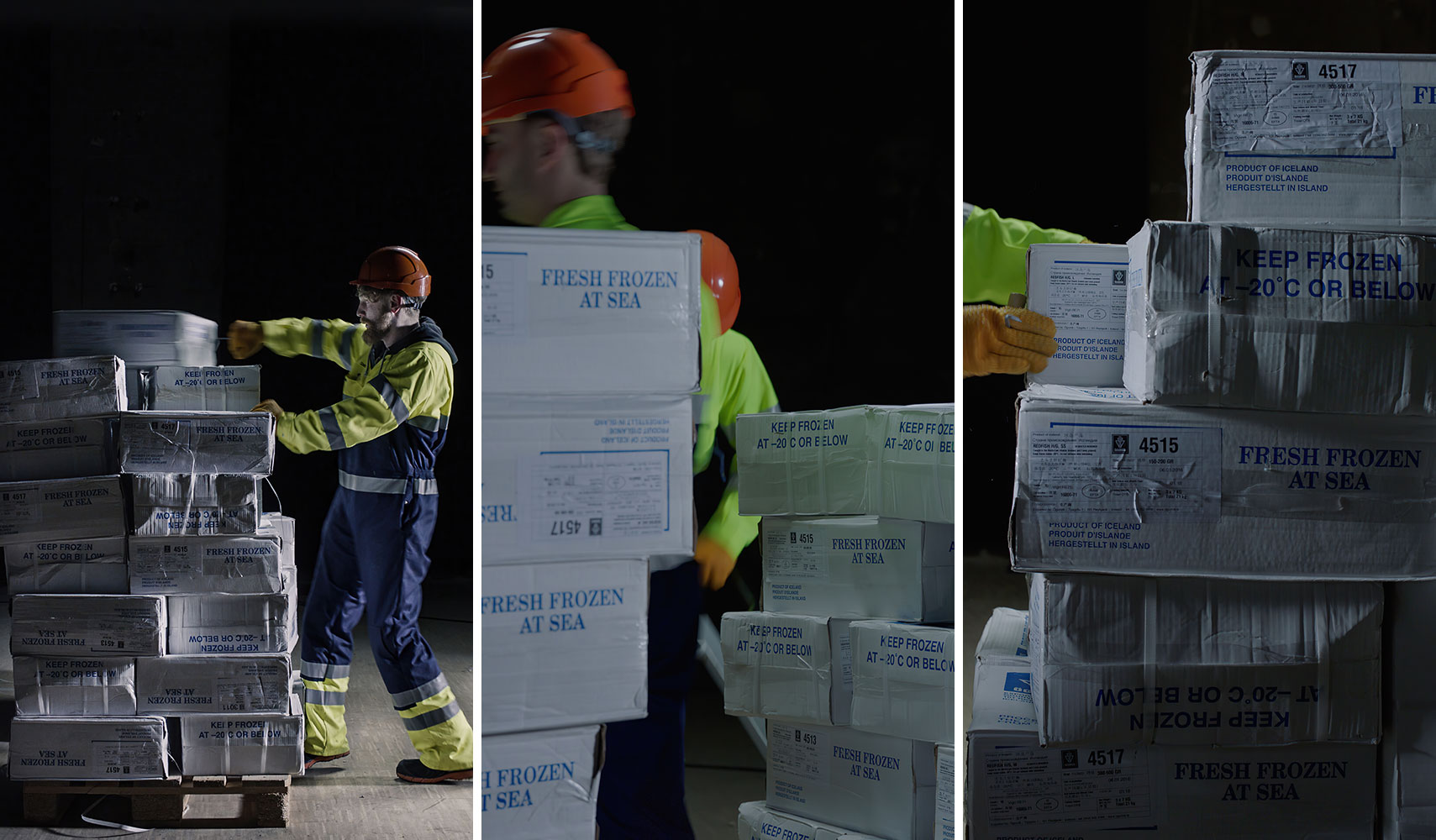ART-PRESENTATION: Hulda Rós Guðnadóttir, WERK-Labor Move
 For Hulda Rós Guðnadóttir the world is a community of people, including their surroundings and movements through time and space. She observes the patterns of daily life around the world, then brings what she sees into the studio and translates it into a practice that spans durational interventions in public space, film, photography, performance, installation and sculpture.
For Hulda Rós Guðnadóttir the world is a community of people, including their surroundings and movements through time and space. She observes the patterns of daily life around the world, then brings what she sees into the studio and translates it into a practice that spans durational interventions in public space, film, photography, performance, installation and sculpture.
By Efi Michalarou
Photo: Reykjavík Art Museum Archive
In her solo exhibition “WERK – Labor Move”, Hulda Rós Guðnadóttir focuses on social issues in a site-specific installation. The installation is made especially for the Reykjavík Art Museum’s main hall as the building Hafnarhús was originally built as a warehouse on the quay. The work consists of a three-channel filmic work, “Labor Move”, sculptures, directly related to the filmic work and a video recording of the assembling of the sculptures in the building in the run-up to the exhibition opening. The exhibition is based on an examination of the functioning of the multi-layered global economy, and the perspective of the familiar, the local, is used to analyse and project a connection with the global. The three-channel filmic work “Labor Move” is the centre point of the installation. It has been shown before in Guðnadóttir’s solo exhibitions and this exhibition marks its premiere in the Nordic countries. In the work, as well as in the installation, parallels in the manual labor which went one in this building before are examined in the context of the gentrification process of the port area and similar development around the world. Hafnarhúsið is the first building by Reykjavík Harbour to be given a new role as a building for art and cultural activities and has become characteristic of the area, similar to the development of harbour areas everywhere. In the filmic work, we see several dockworkers performing specifically for the camera, based on movements they have become accustomed to over a long period of time while unloading boxes of frozen fish from within the hull of the first trawler and over to the quayside at Reykjavík Harbour. The same movements are repeated, they throw heavy boxes from one place to another with considerable coordination and skill. “Labor Move” is an art work in itself, but also a documentation in film and sound about the 48-hour performance of the dockers in front of viewers in the exhibition space in Leipzig in 2016. The 48-hour duration of the performance is the same time as the dockworkers usually have to unload the fish from a freezer trawler. The film is the result of Guðnadóttir’s collaboration with the dockworkers which lasted for several years. Until recently, these same workers worked on the quayside, near Hafnarhús, and also appeared in her filmic work “Keep Frozen”. In 2016, when the film premiered, the dockworkers did a performance in which they moved a sculpture from the ocean floor by the wharf to the Art Museum of the Icelandic Confederation of Labor, in Reykjavík and placed it in the centre of Guðnadóttir’s installation, which was opened that evening. The dockworkers also performed in 2014, when they recited original poetry about their own work environment.
Photo: Hulda Rós Guðnadóttir, WERK – Labor Move, Photo: Andrea Adalsteins, © Hulda Rós Guðnadóttir, Courtesy the artist and Reykjavík Art Museum
Info: Curator: Birta Guðjónsdóttir, Reykjavík Art Museum, Hafnarhús, Tryggvagata 17, Reykjavík, Duration: 5/2-9 /5/2021, Mon-Sat 10:00-17:00, https://artmuseum.is/




